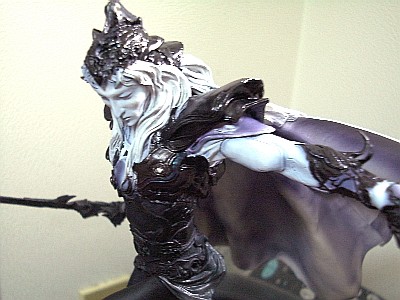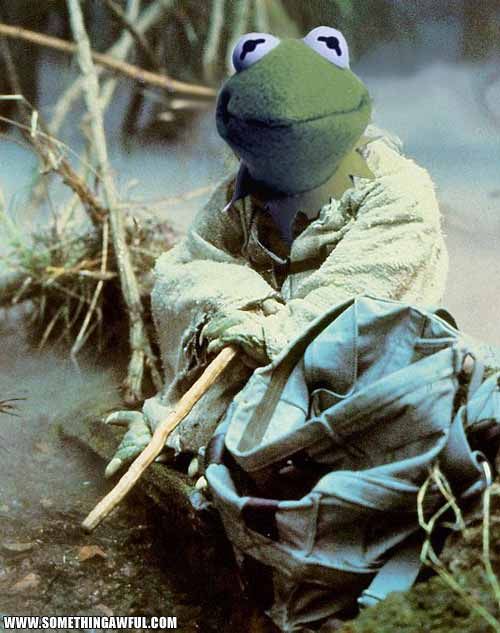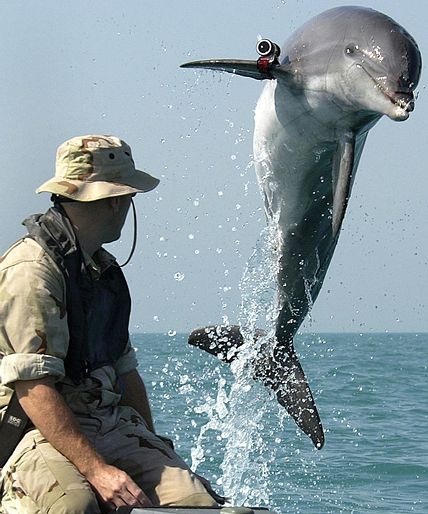Does Size Matter? Ofcoursasaurus!

The Biggest Carnivore: Dinosaur History Rewritten
from LiveScience
The Age of Dinosaurs ended millions of years ago but paleontologists are still attempting to get a handle on the immense diversity and diverse immensity of these creatures.
Take the report last month that Spinosaurus is now officially the biggest carnivorous dinosaur known to science. This two-legged beast actually strode onto the fossil scene in 1915 when a specimen was described by German paleontologist Ernst Stromer. He figured this theropod (defined as a two-legged carnivore) was bigger than Tyrannosaurus rex, but the original Spinosaurus bones were destroyed by Allied bombs in 1944. So the T. rex reigned as the king size, carnivorous land beast for decades.
Then along came Giganotosaurus 11 years ago.
Now Cristiano Dal Sasso of the Civil Natural History Museum in Milan says Giganotosaurus has been dethroned based on estimates from a new Spinosaurus skull.
So just how do all these carnivores match up?
Tyrannosaurus Rex

Length: 40-50 feet
Weight: 6 tons
Fear factor: teeth up to 13 inches long
Lived: 65 million years ago Where: North America
Giganotosaurus

Length: 47 feet
Weight: 8 tons
Fear factor: 8-inch-long serrated teeth
Lived: 95 million years ago
Where: Argentina
Spinosaurus

Length: 55 feet
Weight: 8 tons
Fear factor: long, crocodile-like jaws
Lived: 100 million years ago Where: Argentina, Morocco, Tunisia, Algeria scale)
For the ultimate in dinosaur length though, a vegetarian diet prevailed. Herbivorous sauropods dwarfed carnivorous theropod dinosaurs, and most scientists think Argentinasaurus was the longest of all dinosaurs.
ARGENTINASAURUS

Length: 120 feet
Weight: 100 tons
Fear factor: get out of my way
Lived: 65 million years ago
Where: South America
Paleontologists have only fossils to compare dinosaur sizes, and those fossils are often damaged or incomplete. The same bone from numerous specimens is often lacking, so scientists often must estimate the total size of an animal from a partial skeleton, as with the new Spinosaurus skull fragments.
Greg Erickson of Florida State University says mass, not length, is the best standard for comparing dinosaur size because it gets around the problem of differently shaped animals. Mass is best estimated, he said, by measuring the circumference of the thighbone, which bears much of the animal's weight.







 what the Great Conjunction is. 'What's the Great Conjunction?'
what the Great Conjunction is. 'What's the Great Conjunction?' 




 A Is for Androids
A Is for Androids B Is for Boba
B Is for Boba C Is for Calvin
C Is for Calvin D Is for Dragons
D Is for Dragons E Is for Elric
E Is for Elric F Is for Futures
F Is for Futures G Is for Genie
G Is for Genie H Is for Hobbits
H Is for Hobbits I Is for Iceman
I Is for Iceman J Is for Jedi
J Is for Jedi K Is for Kraken
K Is for Kraken





































































0 Comments:
Post a Comment
<< Home